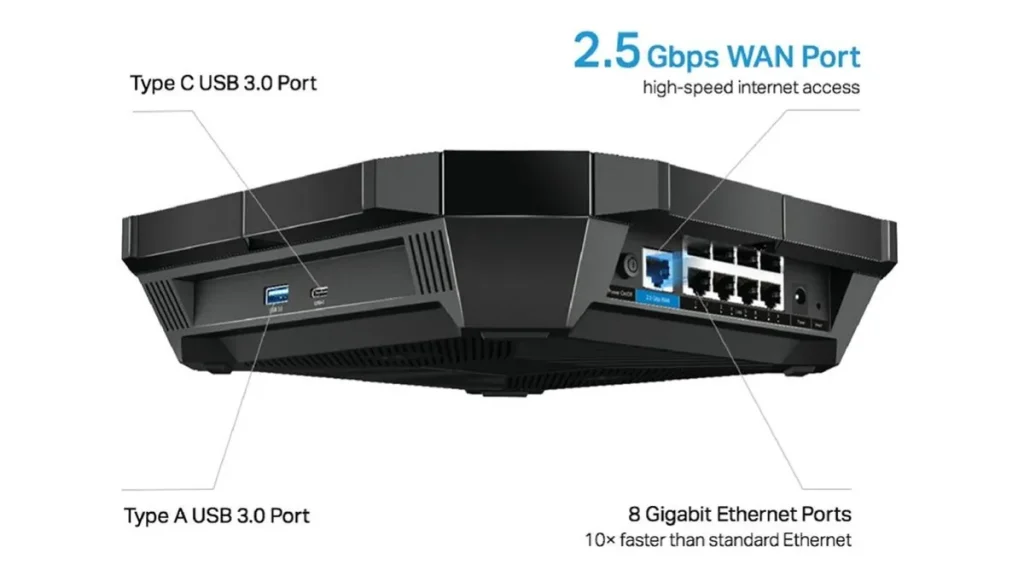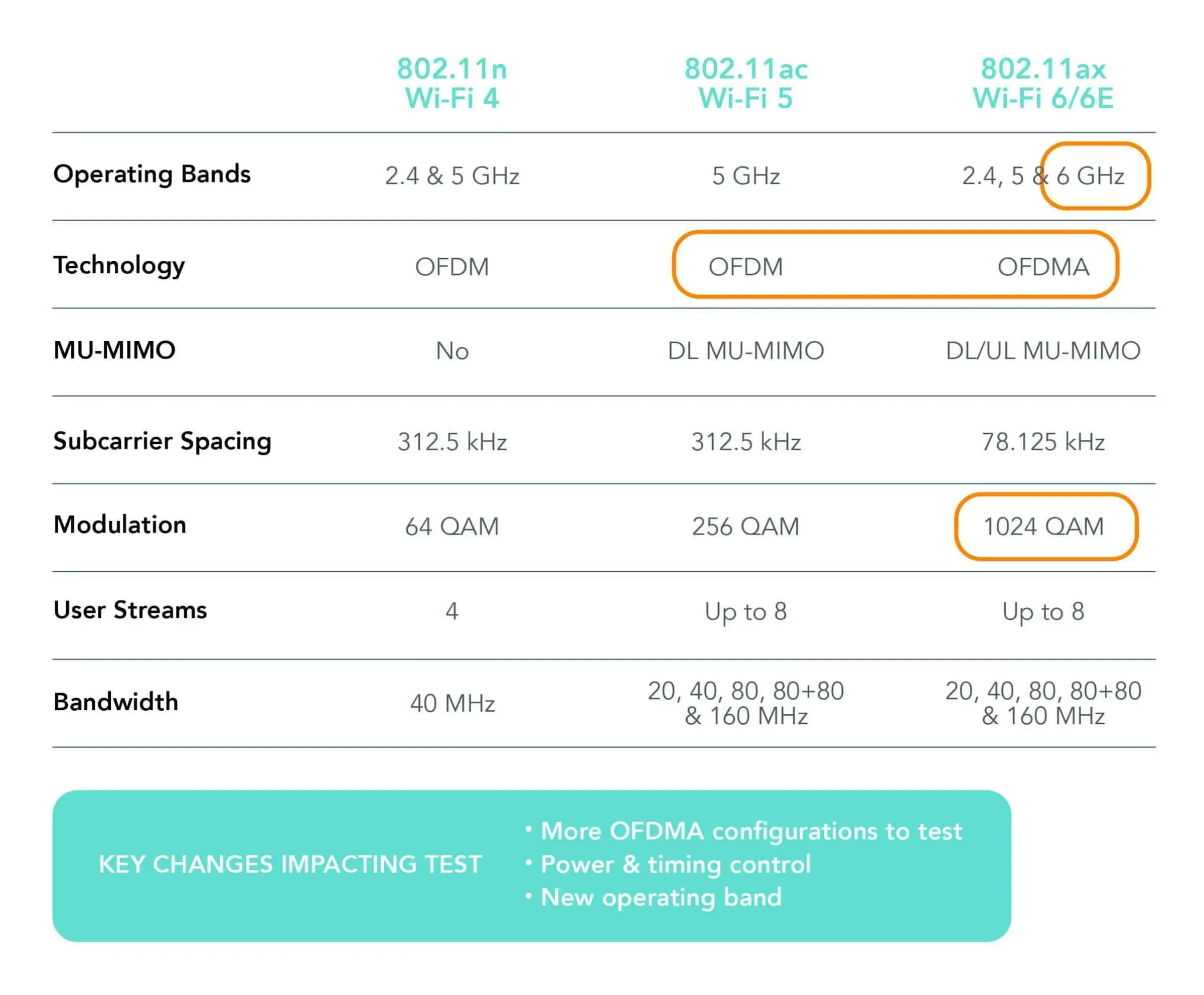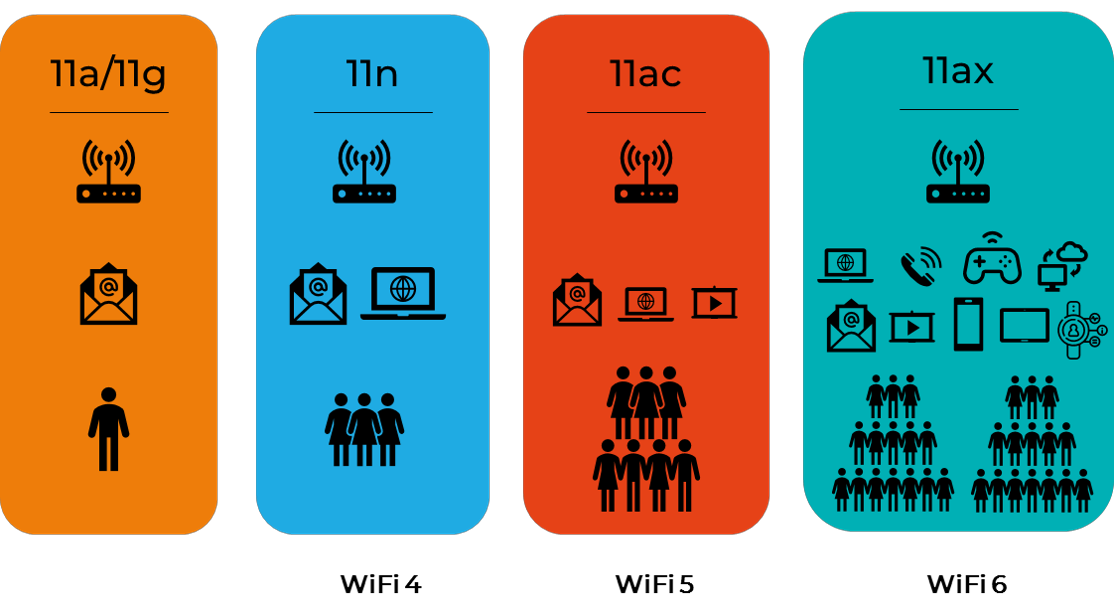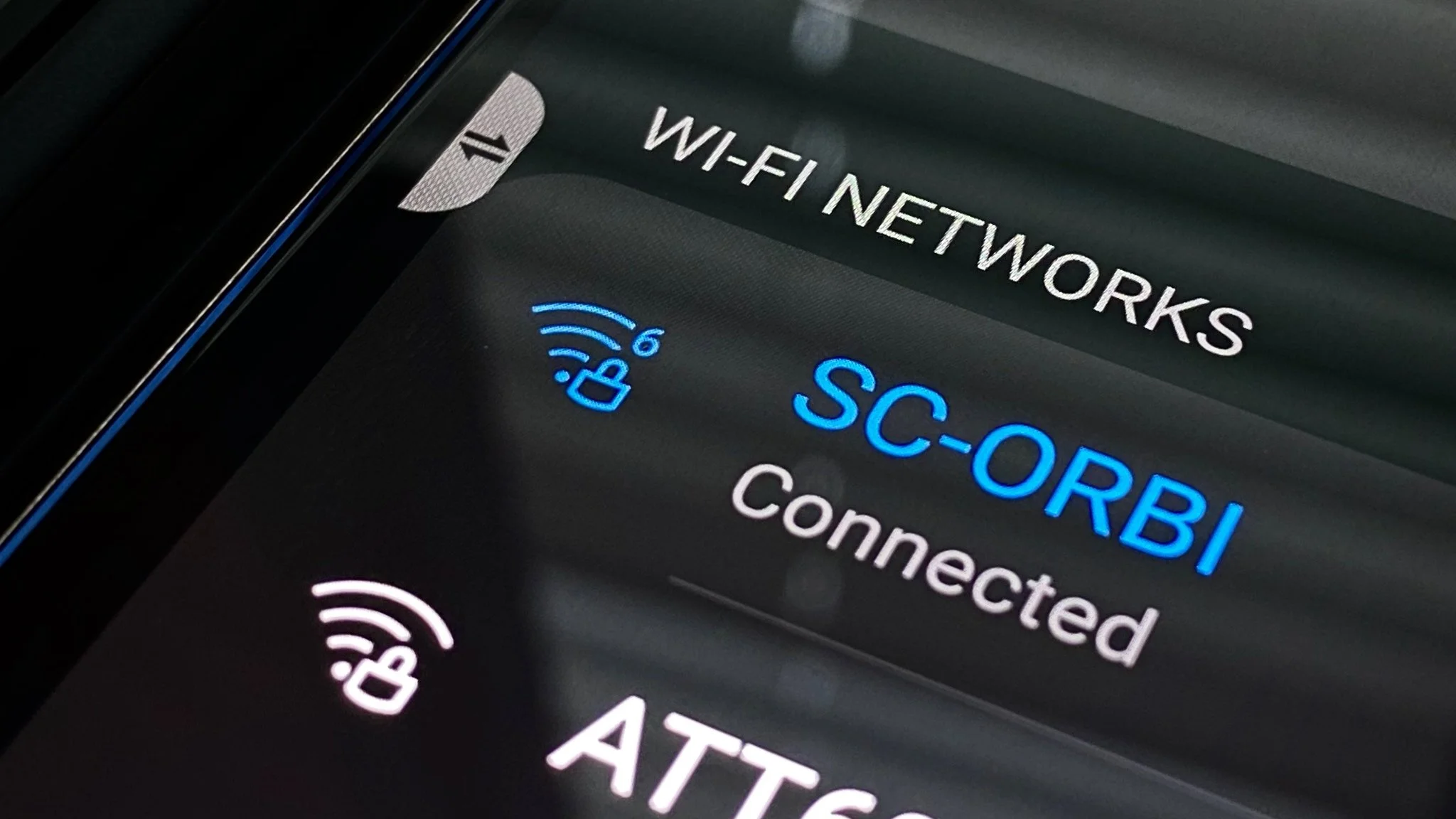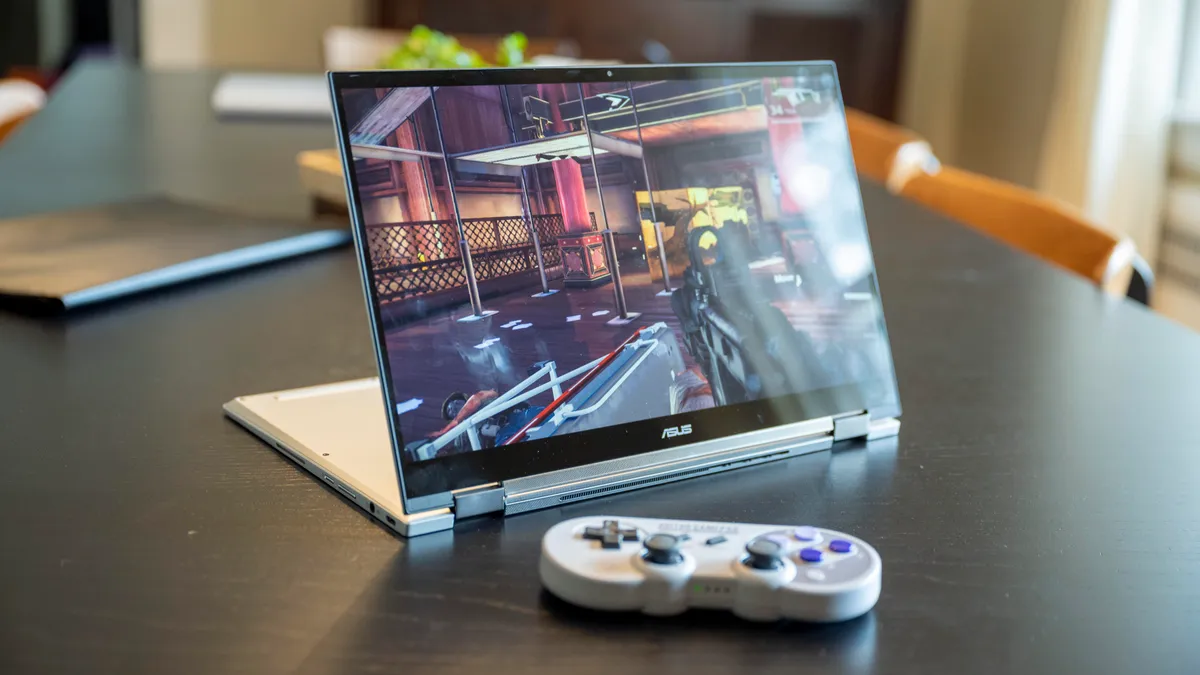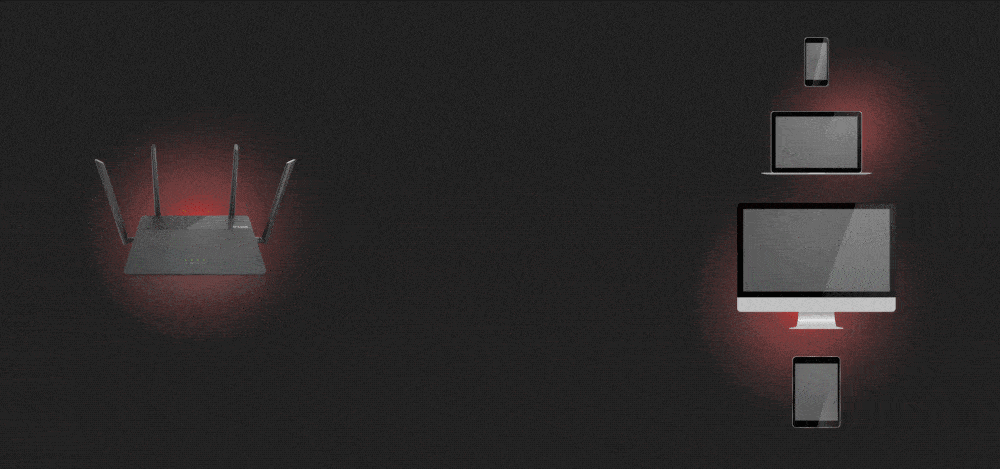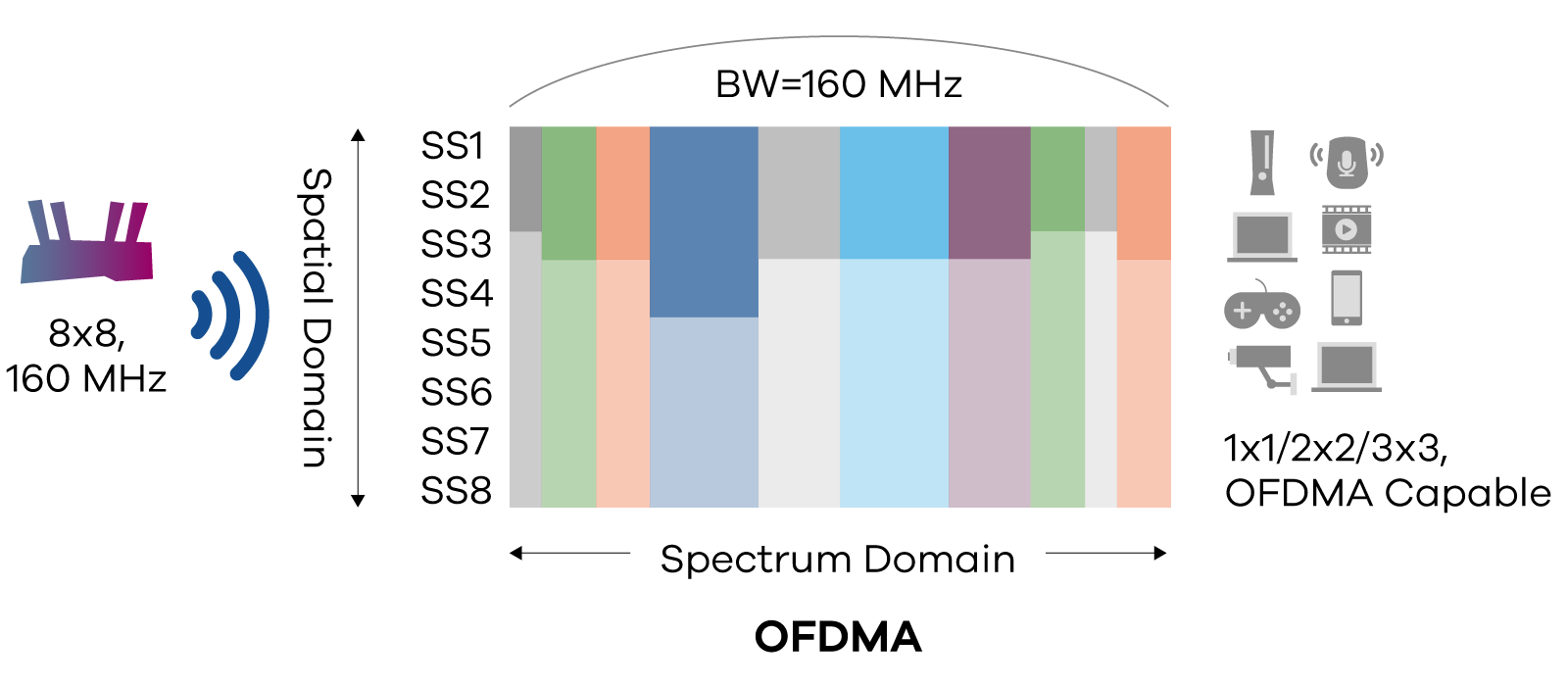The Wifi 6 Protocol is ushering in a new era of speed and connectivity that will benefit wireless users all over the world.
Higher-resolution video streaming, quicker downloads and demanding gaming performance are all trends the world is heading towards. Not to mention the continuous increase of businesses competing for data. The solution is WiFi 6 which promises to usher in this new era of speed and connectivity.
More than merely a collection of labelling standards, WiFi 6 is technology. The WiFi 6 has included numerous vital changes that will benefit wireless users all over the world. The advantages of using a WiFi 6 network appear more straightforward. Especially with the rise in wireless gadgets such as IoT devices.
What is WiFi 6 Protocol?
The sixth iteration of the WiFi network, known as WiFi 6, increases coverage, allows for a higher density of connected devices, and provides speedier access. With the help of 5G technology and WiFi 6, the Internet of Things (IoT) may be used extensively, and realistic virtual reality experiences can be made.
For both the Uplink and Downlink channels, Wi-Fi 6 offers the User- Multiple Input Multiple Output (MU-MIMO) function. It enables the router to talk with more devices simultaneously, deliver data to more devices simultaneously, and schedule Wi-Fi device check-ins. These characteristics work together to maintain connections even as more devices request data.
WiFi 6 vs WiFi 5
- The 6th iteration of WiFi, known as WiFi 6, was released on the market in 2019 and included BSS colouring, Target Wake Time, 1024-QAM, MU-MIMO (uplink and downlink), and OFDMA. By building on WiFi 5, WiFi 6 is intended to increase efficiency and speed and reduce congestion in situations where a lot of bandwidth is being used.
- The most current WiFi standards are backward compatible with the older ones. The level of technology being used and services being made available have significantly increased. WiFi 6 offers new advantages while supporting all the characteristics of WiFi 5.
- The speed of WiFi rises with each generation. WiFi 6 also achieves this, although this is not its primary objective. The nominal data speeds are increased to 9.6 Gbps or about 40% more than WiFi 5.
- WiFi 6’s distinguishing feature is eventually performance in congested networks. WiFi 6 protocol, also known as “High-Efficiency WiFi,” performs best in places with many devices, such as business offices, retail centres, and crowded apartment buildings. The nominal data rate improvement compared to WiFi 5 is about 40%, but the overall network throughput improvement is 300% (High Efficiency). Additionally, it results in a 75% reduction in latency. Even when connected to multiple devices at once, WiFi 6 protocol maintains constant peak speeds while earlier WiFi versions might falter.
- WiFi 6 also has an improved battery life than that of WiFi 5. To be clear, devices can negotiate when and how frequently they wake up to broadcast or receive data, thanks to the Target Wake Time (TWT) protocol of WiFi 6. With this capability, IoT and mobile devices can sleep for extended periods and have significantly longer battery lives.
WiFi 6 Devices
Wi-Fi 6 is capable of handling dynamic networks with lots of devices in dense, busy environments with lots of users. Wi-Fi 6 also possesses top speeds that is more than 30% faster than the fastest Wi-Fi 5 speeds. It’s important to note that while it won’t help you get the most immediate, most effective home connection, it won’t speed up a slow ISP connection. The following are devices that are the most compatible with WiFi 6.
- Phones: Unsurprisingly, mobile phones were some of the first electronic products to start adding Wi-Fi 6 capability after routers. With the Galaxy S10, Samsung was the first, but Apple, LG, Huawei, and other companies quickly followed.
The following smartphones can currently connect at faster Wi-Fi 6 speeds: iPhone 12, 12 Pro, 12 Pro Max and 12 mini; Motorola Edge Plus, Samsung Galaxy S10 and S10 E, Huawei P4 Pro, and LG V60 ThinQ, among many others.
- Laptops: Laptops are great for the features that WiFi 6 comes with, which is why many laptop manufacturers have not hesitated in making some of their products compatible with WiFi 6. Some include Dell XPS 13, Microsoft Surface Laptop Go, HP Spectre and Lenovo Yoga c940.
There are some other devices that are not Wi-Fi 6 compatibility, such as TVs, streamers, or smart home appliances. Other recent Wi-Fi 6 products include the new eighth-generation and fourth-generation iPad Air.
WiFi 6 Speed
WiFi 6 offers quicker speeds than the first two WiFi generations, but exactly how much faster? A maximum throughput speed of 9.6 Gbps is possible with WiFi 6, compared to 3.5 Gbps and 600Mbps with WiFi 5 and WiFi 4, respectively. However, since these are theoretical top speeds, it is unlikely that actual WiFi use would ever achieve them. Even if their network could, the typical residential WiFi user wouldn’t need these speeds.
The US’s current average download speed is only 45 Mbps or less than 0.5% of WiFi 6’s potential maximum speed. This means that WiFi 6 devices are more likely to sustain their optimum speeds even in busy areas, even though a WiFi 6-enabled laptop linked to a WiFi 6-enabled router might only give slightly better speeds than WiFi 5. It’s simple to see a variety of scenarios in which this improvement would be helpful.
WiFi 6 Frequency
The radio spectrum has multiple frequency bands that are utilized for Wi-Fi. These numerous channels have been assigned numbers so they can be recognized. Although numerous Wi-Fi channels and Wi-Fi bands are typically chosen automatically by household Wi-Fi routers. It is frequently required to design the frequencies utilised for bigger wireless LANs and systems. Frequency planning is crucial when using numerous Wi-Fi access points around a big building or area to have the optimum wireless LAN performance.
Summary
WiFi 6 Protocol is built for a world with more connectivity, easier reach and faster network dynamic. But in the next couple of years, WiFi 6 compatibility is probably going to become even more widespread. So it might be worth confirming that your next electrical device is compatible. Homeowners looking to improve the value of their homes, building managers and security device manufacturers should plan ahead and make their buildings and products WiFi 6-adaptable to stay ahead of the trends.



